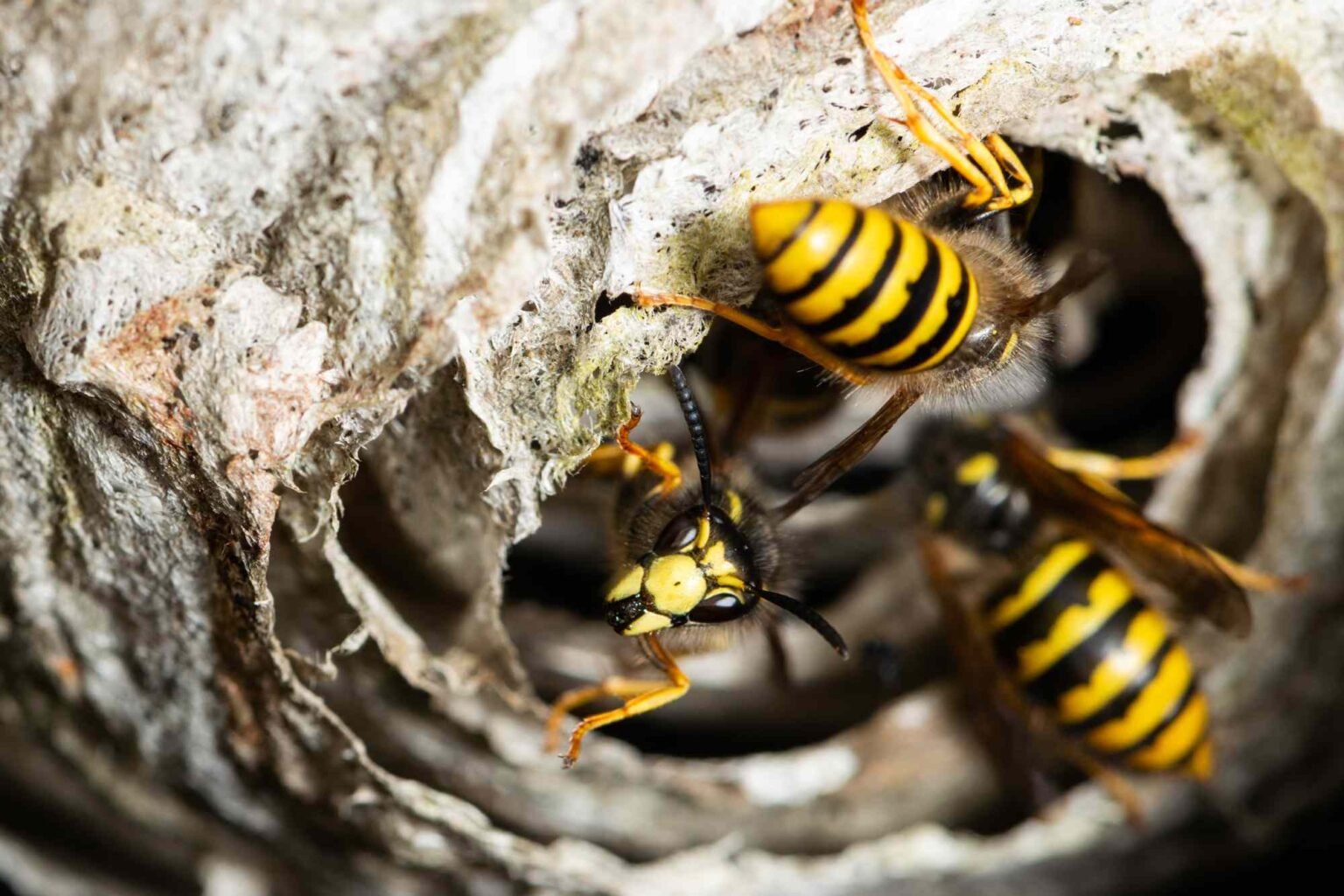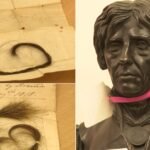Radioactive Wasp Nest Discovered at Former US Nuclear Site
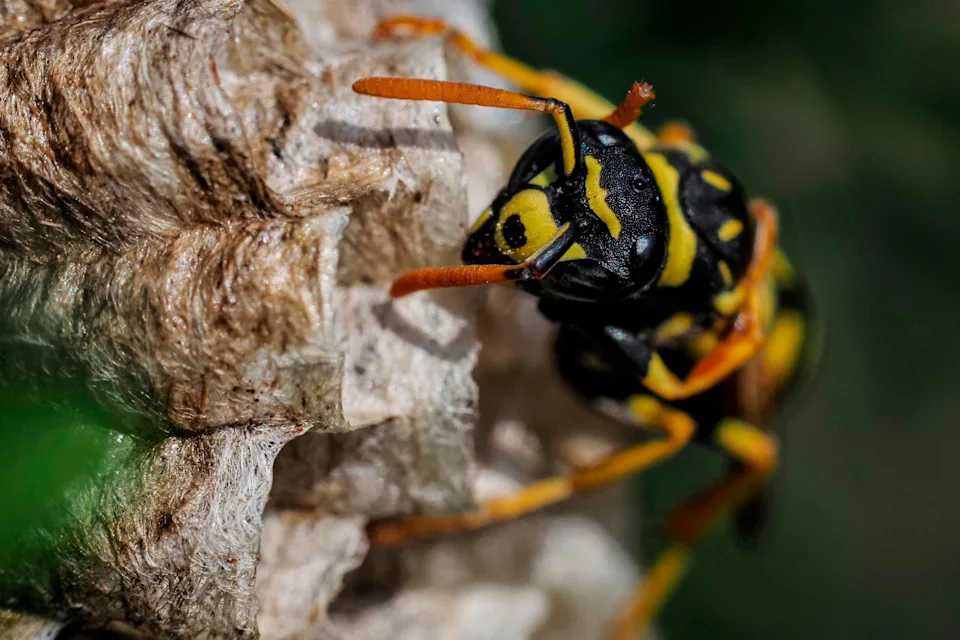
During a routine radiation inspection at the Savannah River Site (SRS) in South Carolina, workers uncovered a radioactive wasp nest with radiation levels ten times higher than regulatory limits. This discovery has reignited concerns about nuclear contamination at legacy weapons facilities.
Workers Find the Contaminated Nest Near Nuclear Waste Tanks
On July 3, radiation monitoring teams found the wasp nest on a metal post near underground storage tanks containing millions of gallons of liquid nuclear waste. Although the radiation levels were dangerously high, inspectors confirmed that no leakage occurred from the tanks.
Radioactive Wasp Nest Tied to Cold War Nuclear Contamination
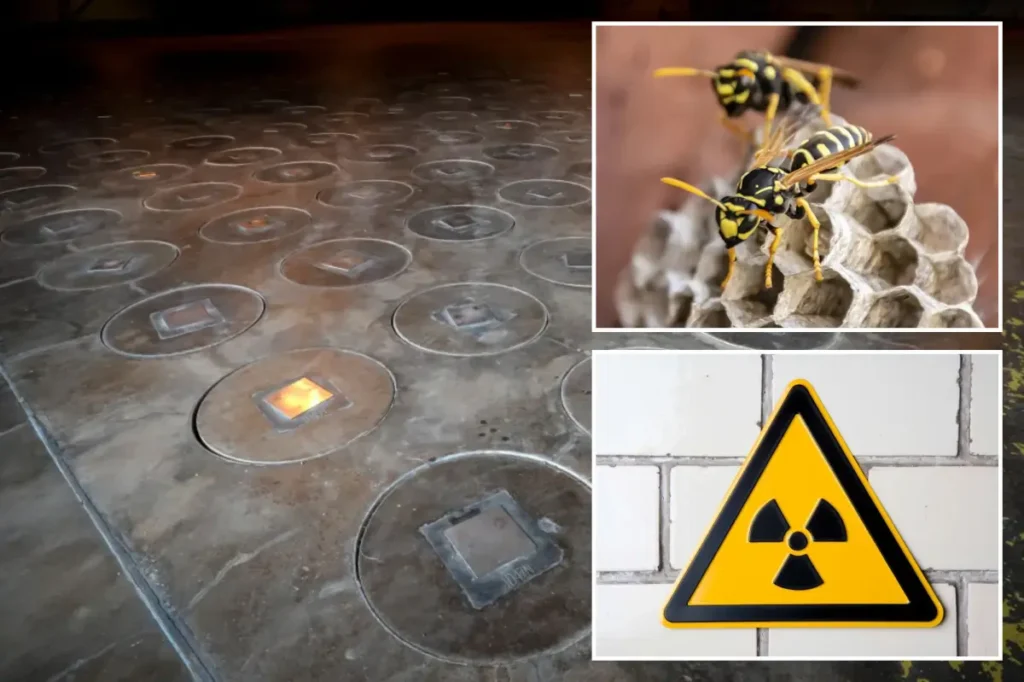
According to the Department of Energy (DOE), residual contamination from the Cold War era caused the radiation. During the 1950s, SRS produced plutonium for nuclear weapons. Although the site now supports nuclear energy, leftover radioactive particles remain embedded in some areas.
Workers Secure Radioactive Wasp Nest to Prevent Exposure
After identifying the nest as radioactive, workers sprayed it with pesticide, sealed it in protective bags, and classified it as radiological waste. Their quick action ensured no wasps escaped or spread contamination. The DOE confirmed that radiation levels around the nest remained normal and posed no danger to employees or the nearby community.
Wasps typically fly only a few hundred feet from their nests. Since the SRS spans 310 square miles, officials believe the insects likely stayed within the facility’s boundaries.
Environmental Groups Demand More Accountability
Despite reassurances from the DOE, watchdog groups expressed strong dissatisfaction. Savannah River Site Watch, which monitors the facility, questioned the origin of the contamination and whether officials withheld critical information.
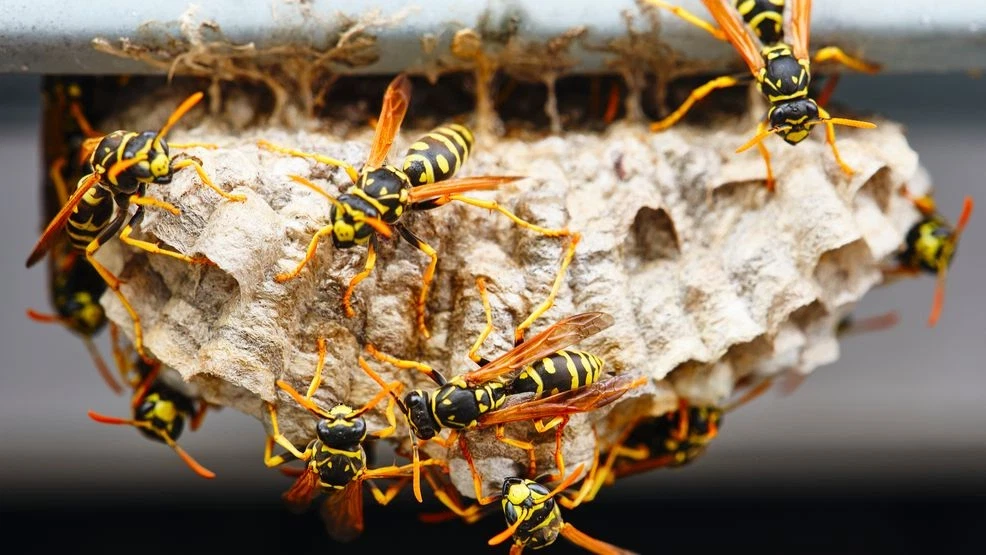
“I’m as mad as a hornet,” said Tom Clements, the group’s spokesperson. “The DOE hasn’t explained how the nest became radioactive or whether there’s an undetected leak.”
Site Still Houses Dangerous Nuclear Waste
Over the decades, the Savannah River Site has stored more than 165 million gallons of high-level nuclear waste. At present, 43 underground tanks remain in use, while eight have undergone permanent closure. The potential risks from aging storage systems continue to worry environmental groups and nearby communities.
Fallout from a Nuclear Past
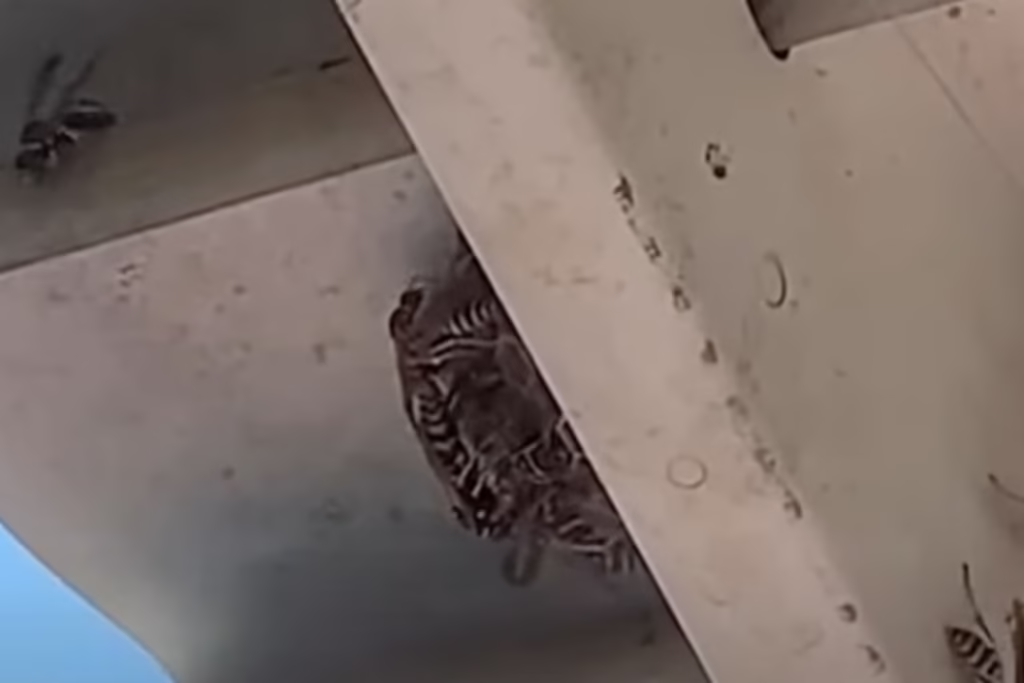
The radioactive wasp nest at the US nuclear site serves as a stark reminder of the challenges posed by legacy contamination. Even long after nuclear bomb production ended, lingering hazards continue to surface. Incidents like this underscore the importance of rigorous oversight and long-term waste management.
What Happens Next?
The DOE pledged to expand site monitoring and maintain high safety standards. Still, environmental advocates insist on more transparency, independent reviews, and clear communication with the public.
As radioactive incidents reemerge in unexpected forms—like a wasp nest—communities near nuclear sites demand answers and action. Addressing legacy contamination is not just a technical task but a matter of public trust and environmental justice.
